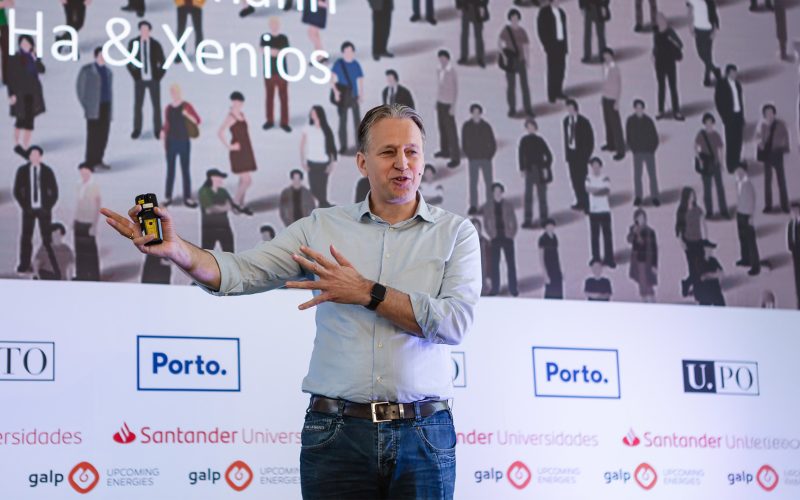Most business leaders facing profitability challenges instinctively reach for the layoff button, but this knee-jerk reaction often misses the real problems lurking beneath the surface. Nadine Green has built her career around a different approach, one that traces back to her unexpected foundation in clinical healthcare, where split-second decisions and systematic thinking mean the difference between success and failure.
Applying Clinical Logic to Business Chaos
Most business consultants don’t trace their expertise back to hospital emergency situations, but that’s exactly where Nadine found her edge. “I think it’s taken me a lot of years to realize my clinical background has prepared me best for dealing with chaotic situations that I typically walk into in an operation,” she says. Working in hospitals taught her to stay calm under pressure. “You’re in a hospital, bells are going off. Patients aren’t doing as well as they need to be doing. Everything needs to be documented, and it needs to be clear. You need to have a plan, you need to pivot.” The parallels to business crises became obvious over time. “There’s no time to break down or lose your temper; you need to stay composed, communicate clearly, and ensure the family understands exactly what’s happening.”
When asked about common restructuring mistakes, Nadine points to a fundamental misunderstanding of what restructuring actually means. “I think when people consider restructuring, they immediately think of it as layoffs,” she notes. “That’s perhaps the first place they go to is I’m not as profitable as I need to be. Therefore, let me review my expenses. And it typically comes back to I have too many people on my team, which may not be the underlying root cause of why people aren’t profitable.” She recently encountered this exact scenario with a client who had been struggling with high turnover and poor profitability. “She said to me, ‘I just need to fire everybody and start over.’ And I said, ‘Okay, we may not have the right people in the right seats, but it’s not going to solve the root cause of the issue.'” The real problems often stem from misaligned tasks, poor communication, and a lack of process rather than simply having too many employees.
Uncovering the Real Profit Killers
Nadine’s approach involves removing names from roles entirely to understand what needs to be accomplished. “I take all the roles in the company, and we remove names. So, what are the things that need to get done? And then we assign it back to who’s right or best placed to take on these tasks, rather than my title is X, and therefore this is my role.” Common root causes she discovers include communication breakdowns where founders think they’re communicating effectively but are overwhelming their teams. “Founder, owner believes they’re communicating, but it’s more a fire hose style of delivery rather than consistent messaging.” Process documentation often exists but remains unused, with critical procedures living only in people’s heads.
Following a Clear Five-Phase Plan
Her systematic approach follows five key phases: stabilize, systematize, structure, scale, and sustain. The stabilization phase focuses on creating immediate clarity and control by addressing root causes. “You need to systematize. Build systems and processes for repetitive tasks. What can we automate? Looking at technology, do we have insights?” Many businesses lack basic profitability insights, operating without a clear understanding of their most profitable products or accurate cost structures. One particularly damaging pattern she sees in small businesses is making accommodations for the wrong hires.”As a small business, it’s easy to assume you can’t attract top talent. So when you find someone who’s only available part-time or only brings part of the needed skill set, you hire them anyway. But this often results in a patchwork team, multiple people doing fragmented pieces of a role instead of one person fully owning it.”
Nadine views AI and automation as essential tools for enhancing efficiency, rather than threats to jobs. “There’s no way businesses can move forward without embracing AI, especially for repetitive tasks,” she explains. She regularly utilizes AI to streamline time-consuming tasks, such as drafting job descriptions. “What used to take me hours, I now use AI as a first pass to get started.” Nadine likens the shift to the rise of Wikipedia: it didn’t eliminate the need for libraries, it simply changed how we access information. Similarly, AI frees employees from mundane tasks, enabling them to focus on more meaningful and high-impact work. For companies facing profitability challenges, Nadine believes the answer lies in structured, strategic analysis, not quick fixes. Her approach demonstrates that thoughtful operational changes can drive performance without the disruption typically associated with traditional cost-cutting measures.
Connect with Nadine Green on LinkedIn to explore how her clinical mindset transforms business operations.












